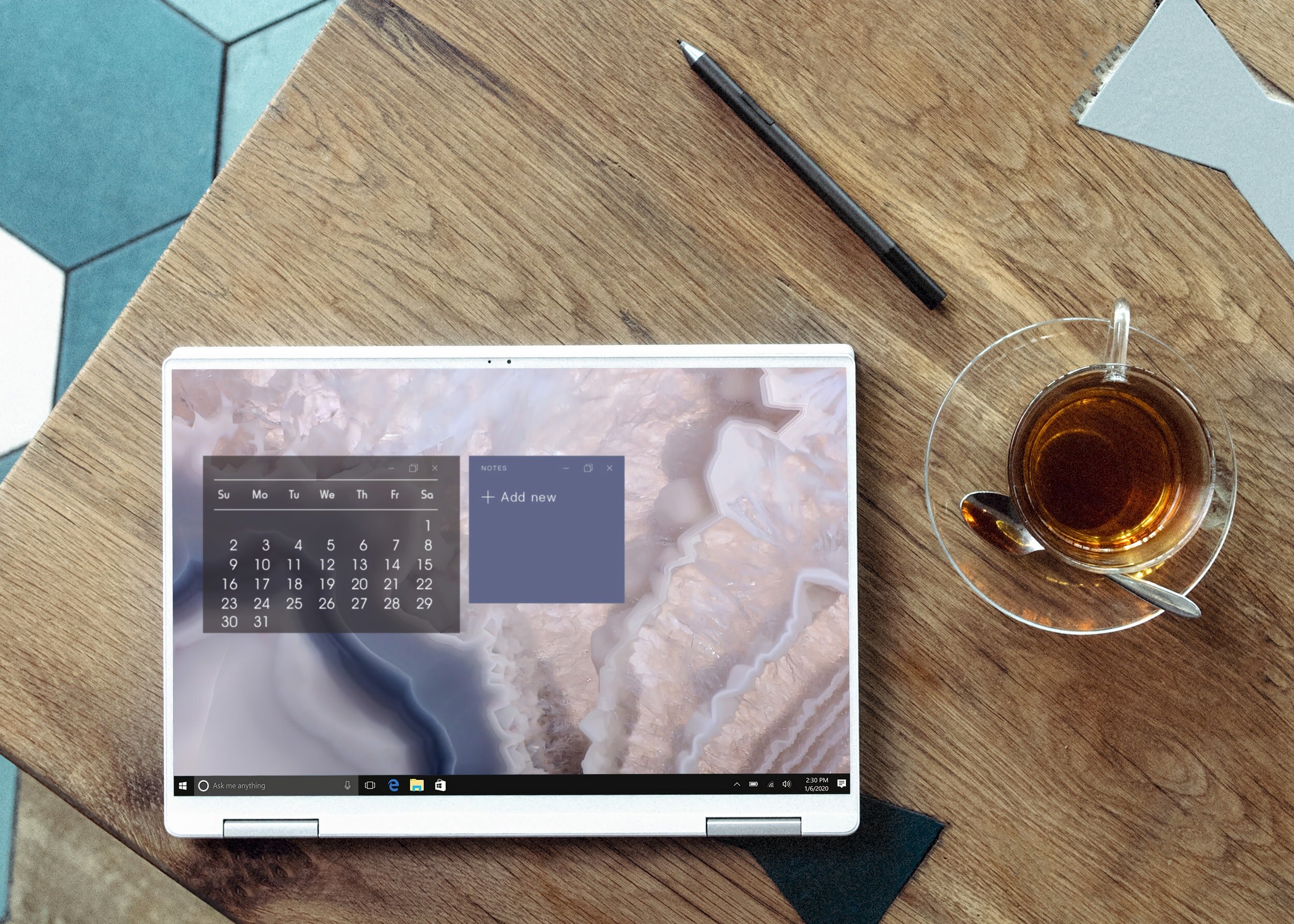Experiments and Quantitative Research
Learn about experimental research designs and read open-access studies.
Life on the screen
As technology becomes more integral to everything we do, the time we spend in front of screens such as smartphones and computers continues to increase. The pervasiveness of screen time has raised concerns among researchers, policymakers, educators, and health care professionals about the effects of digital technology on well-being. Despite growing concerns about digital well-being, it has been a challenge for scientists to measure how we actually navigate the digital landscape through our screens. For example, it is well documented that self-reports of one’s media use are often inaccurate despite survey respondents’ best efforts. Just knowing screen time spent on individual applications does not fully capture a person’s usage of the digital device either. Some could spend an hour on YouTube watching people play video games whereas others might spend the same amount of time watching late night television talk shows to keep up to date with the news. Even though the screen time is the same for the same application, the intentions and values of consumption of certain types of content can be vastly different among users.
My journey into text mining
My journey into text mining started when the institute of Digital Humanities (DH) at the University of Leipzig invited students from other disciplines to take part in their introductory course. I was enrolled in a sociology degree at the time, and this component of data science was not part of the classic curriculum; however, I could explore other departments through course electives and the DH course sounded like the perfect fit.
How to embrace text analysis as a computational social scientist
In this guest blog, Alix Dumoulin and Regina Catipon cover how to embrace text analysis as a social scientist, the challenge cleaning text corpora brings in preprocessing, and introduce our upcoming tool, Texti, that will save researchers time.
Theory and tools in the age of big data
Back in February, I had the privilege of attending Social Science Foo Camp, a flexible-schedule conference hosted in part by SAGE at Facebook HQ where questions of progress in the age of Big Data were a major topic of discussion. What I found most insightful about these conversations is how using or advocating for Big Data is one thing, but making sense of it in the context of an established discipline to do science and scholarship is quite another.
What does it mean to anonymize text?
Text data are a resource that we are only beginning to understand. Many human interactions are moving to the digital world, and we become increasingly sophisticated in documenting interactions. Face-to-face encounters are replaced by written communication (e.g., WhatsApp, Twitter) and every crime incident or hospital visit is recorded. All of these interactions leave a trace in the form of text data.
Social media data in research: a review of the current landscape
Social media has brought about rapid change in society, from our social interactions and complaint systems to our elections and media outlets. It is increasingly used by individuals and organizations in both the public and private sectors. Over 30% of the world’s population is on social media. We spend most of our waking hours attached to our devices, with every minute in the US, 2.1M snaps are created and 1M people are logging in to Facebook. With all this use, comes a great amount of data.
2018 SAGE Concept Grant winners: An interview with the Digital DNA Toolbox team
Following the launch of the SAGE Ocean initiative in February 2018, the inaugural winners of the SAGE Concept Grant program were announced in March of the same year. As we build up to this year’s winner announcement we’ve caught up with the three winners from 2018 to see what they’ve been up to and how the seed funding has helped in the development of their tools.
In this post, we spoke with the Digital DNA Toolbox (DDNA) winners, Stefano Cresci and Maurizio Tesconi about their initial idea, the challengers they faced along the way and the future of tools for social science research.
Collecting social media data for research
Human social behavior has rapidly shifted to digital media services, whether Gmail for email, Skype for phone calls, Twitter and Facebook for micro-blogging, or WhatsApp and SMS for private messaging. This digitalization of social life offers researchers an unprecedented world of data with which to study human life and social systems. However, accessing this data has become increasingly difficult.
Collecting mobile application usage data
Widely used apps like Facebook, Twitter or Google Maps count millions of users and are already deeply entrenched in our daily social life. However, while we know that mobile map applications are used quite often, we know very little about how they are used
Humans broke the internet, understanding them better might help fix it
By Timo Hannay
Here's a multiple-choice question: Is the internet (a) the most open, egalitarian and empowering means of communication ever devised, or (b) a dystopian nightmare populated by hucksters, trolls and miscellaneous abusers of human rights? The answer is, of course, (c) all of the above and much else besides. This stark contrast between the internet's light and dark sides has become a defining characteristic of the digital age, but is not an inevitable consequence of the mostly innocuous technologies on which it's built. Rather, it is the product of their bewilderingly diverse and eccentric user base – otherwise known as humanity.
In Praise of the Digital in Social Research
"The collection of “big data” and the ability to do experiments using the internet, may be the start of a scientific revolution in social research. But there are important ethical considerations that also need to be factored in." says Roby Muhamad in this piece which both praises the innovations big data has been able to allow us to explore and puts caution to the wind for the future of what these advances may entail.











